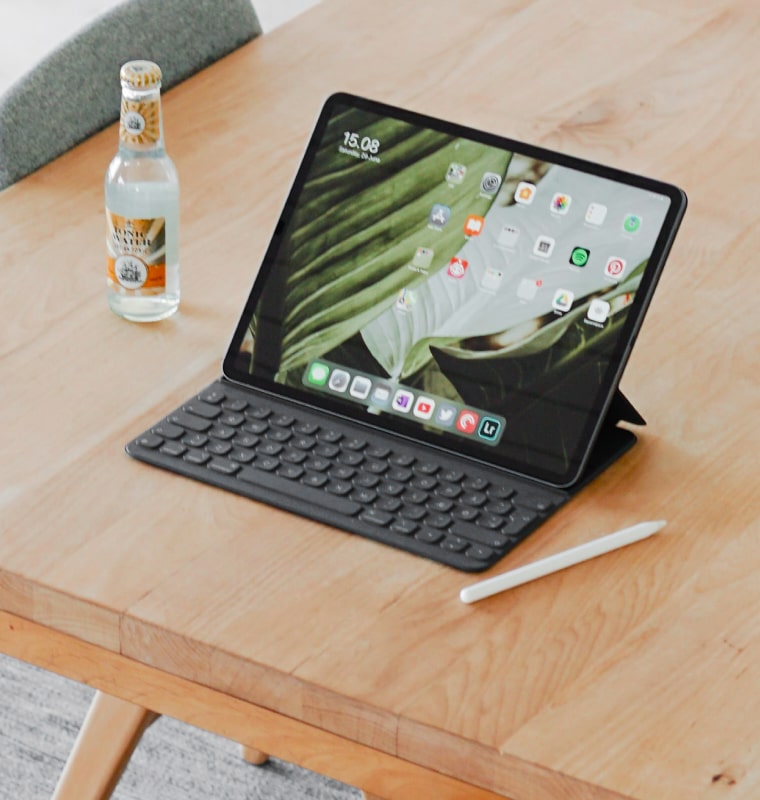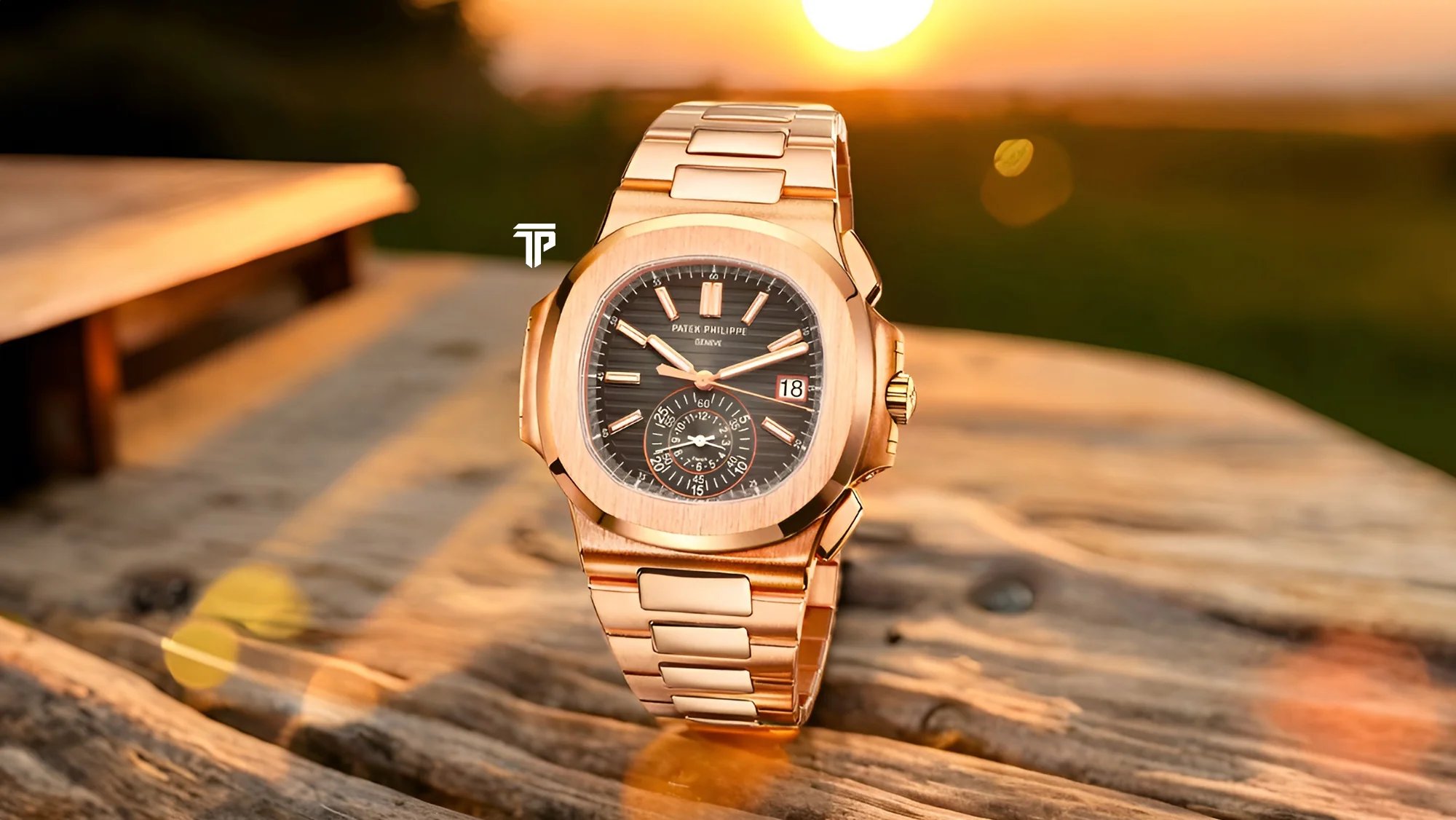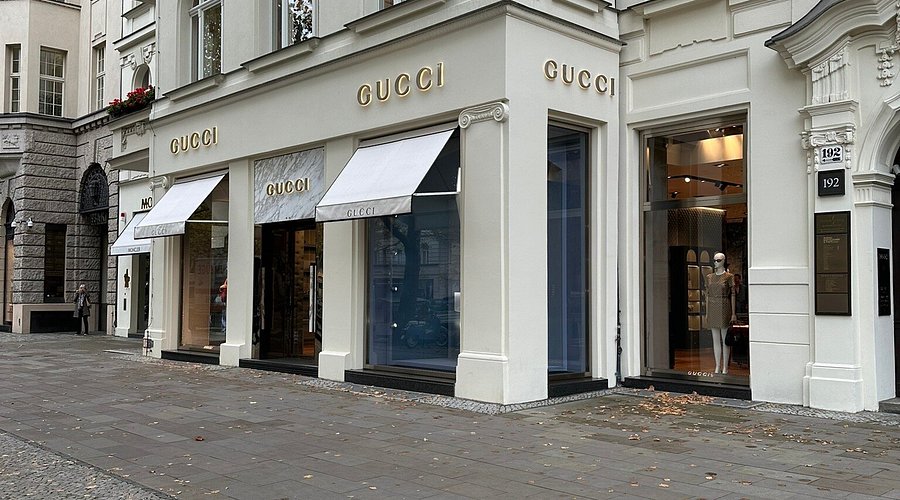From Art Vaults to Digital Collectibles, Billionaires Redefine Treasure Keeping
By
John Carter
Last updated:
September 25, 2025
First Published:
September 25, 2025

Photo: Decrypt
For centuries, the wealthy have measured status by their collections of art, jewelry, and rare artifacts. Today, a paradigm shift is underway. Billionaires are moving beyond traditional safes and vaults, exploring innovative ways to store, display, and invest in their treasures. From high-security art vaults to digital collectibles on blockchain, the concept of treasure is evolving into a sophisticated blend of security, accessibility, and prestige.
Art Vaults: The Intersection of Security and Luxury
Physical art remains a powerful symbol of wealth, but its storage has transformed. Modern art vaults are not just secure spaces—they are meticulously designed environments that control humidity, light, and temperature to preserve masterpieces. Some vaults are hidden in private estates, while others exist in specialized facilities across global financial hubs. The wealthy now view vaults as both a protective measure and an extension of their personal brand.
Digital Collectibles Enter the Mainstream
As blockchain technology matures, digital assets such as NFTs and tokenized art have become a new frontier for the ultra-rich. These assets provide a unique combination of scarcity, provenance, and liquidity. For some collectors, a digital masterpiece is as valuable as a physical painting, offering both financial growth potential and cultural relevance. Collecting in the digital realm has expanded the notion of wealth beyond tangible objects.
Curating a Portfolio of Status
Wealth preservation today is as much about curation as accumulation. Billionaires carefully select pieces—whether physical or digital—based on historical significance, aesthetic value, and potential for appreciation. Each acquisition tells a story, conveying taste, sophistication, and foresight. Owning a rare Picasso is no longer enough; blending it with contemporary digital art signals both tradition and innovation.
Private Viewing Experiences
The ultra-wealthy are redefining how art is experienced. Private galleries, bespoke exhibitions, and digital showcases are replacing public displays. These curated experiences allow collectors to immerse themselves in their treasures without compromise or distraction. The exclusivity enhances prestige and transforms ownership into an experience, not merely a transaction.
The Role of Advisory Networks
Managing a high-value collection requires expertise. Art advisors, curators, and blockchain consultants guide acquisitions, maintenance, and investments. Their role is to ensure the collection grows in value while remaining aligned with the owner’s personal vision. This collaboration transforms treasure keeping from mere ownership into strategic wealth management.
Emotional and Cultural Significance
Beyond monetary value, these collections carry deep emotional and cultural weight. Each piece may represent a milestone, a personal connection, or a vision for the future. Digital collectibles add a layer of interactivity, allowing owners to engage with their art in ways that were impossible in the past. The personal narrative embedded in each item amplifies its significance.
Security in a Connected World
With the expansion of digital assets, security has become paramount. Cybersecurity protocols, encrypted storage, and private blockchain ledgers ensure that digital treasures are protected against theft or unauthorized access. For physical collections, high-tech surveillance and restricted access have become standard. Wealth today demands vigilance in both physical and virtual realms.
The Convergence of Tradition and Innovation
Billionaires are demonstrating that wealth preservation is no longer about choosing between old and new forms of value. The most influential collectors blend both, creating diversified portfolios that span centuries and technologies. This convergence represents a sophisticated approach to wealth, one that embraces history while anticipating the future.
The Future of Treasure Keeping
As technology evolves and cultural tastes shift, the way the ultra-wealthy preserve and express their wealth will continue to change. Art vaults, digital collectibles, and other innovations signify more than financial investment—they are a reflection of identity, foresight, and a desire to leave a lasting legacy. In this era, treasure keeping is as much about influence and vision as it is about ownership.
Subscribe to unlock premium content
Sed at tellus, pharetra lacus, aenean risus non nisl ultricies commodo diam aliquet arcu enim eu leo porttitor habitasse adipiscing porttitor varius ultricies facilisis viverra lacus neque.
A comprehensive guide on Agile development

10 Productivity tools that are worth checking out

Top 7 Must have management tools for productivity

A comprehensive guide on Agile development

10 Productivity tools that are worth checking out

A comprehensive guide on Agile development








.png)
